Process Flow
At a high level, the bracelet should work as follows:
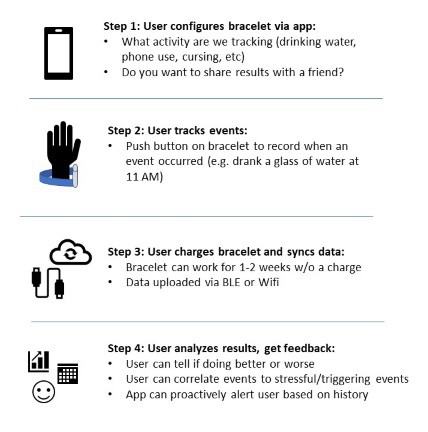
Key Design Considerations
Size:
I want this unit to be small enough to easily fit into a bracelet. Easier said than done....
Manufacturability:
This is probably diametrically opposed to size and cost. I can drastically reduce size by making a double-sized board, or going with smaller dimensions for components ... but that increased the complexity to manufacture.
Retail Cost:
This isn't meant to be an Apple Watch or Fitbit; it should be low cost - enough so that anyone can buy it and you can lose it without feeling too bad. $20 without charger, $40 with charging unit
Wearable Block Diagram
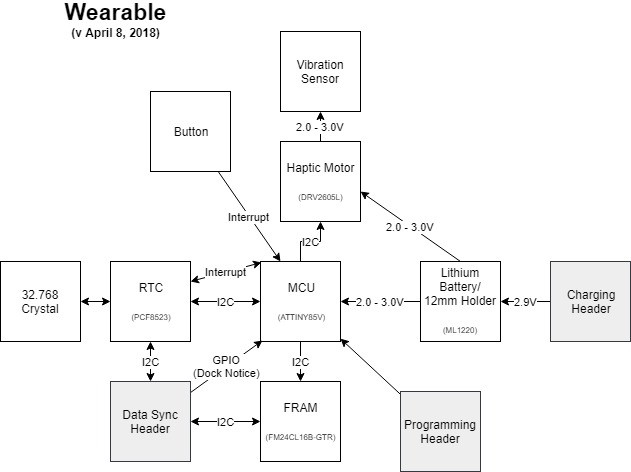
I went back and forth between using an ATTINY85 or a Cortex M0 for the MCU - as that would drive additional component decisions. I ultimately went with the ATTINY for a few reasons
- Comfort level - I've done some coding with ATSAMD chips, bur not nearly as much as with the AVR chips
- Programming ability - I've never programed a custom Cortex M0 board... it looks simple enough, but I decided to go with something I'm more comfortable with
- Complexity and Component Trade-Offs
- Cortex M0 are about $0.70 more expensive than the ATTINY85V and I thought the Cortex was overkill for what I needed to do
- The Cortex DOES have an internal RTC... but because I plan to connect everything via I2C, it made more sense to separate the RTC from the MCU
- Voltages - I would need a voltage regulator with the Cortex M0; I don't need one with the ATTINY (this assumes that I enable brown out detection at 2V)
| Item | Considerations | Cost (per 100, based on Mouser) |
|---|---|---|
| MCU | I'm going with an ATTINY85V (I originally planned to used a Cortex M0+) | $0.97 |
| RTC | I decided to use a PCF8523 | $0.25 |
| Crystal | Required for the RTC | $0.3 |
| FRAM | Location for data logs | $1.90 |
| Haptic Driver | Could maybe do without and drive with the MCU | $2.57 |
| Vibration Motor | More research needed to find the right size (at the right cost point) | $2 |
| Battery | ML1220 - 3V (nominal 2.5V) | $1.67 |
| Button(s) | TBD - based on design | $.20 |
| PCB | TBD | $0.20 |
| Housing | TBD | $0.20 |
| Resistors/ Caps/etc | TBD | $0.5 |
| Additional Bracelet Material | TBD | $1.00 |
| TOTAL COST | More than I'd like, but ok for a first pass | $11.76 |
Charging Station and Data Sync Block Diagram
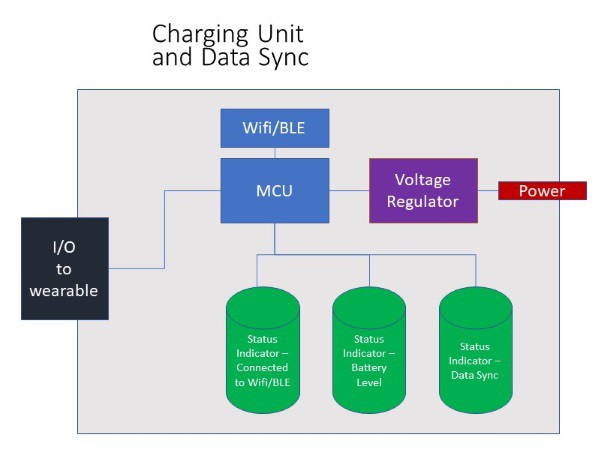
Components - TBD
 Darian Johnson
Darian Johnson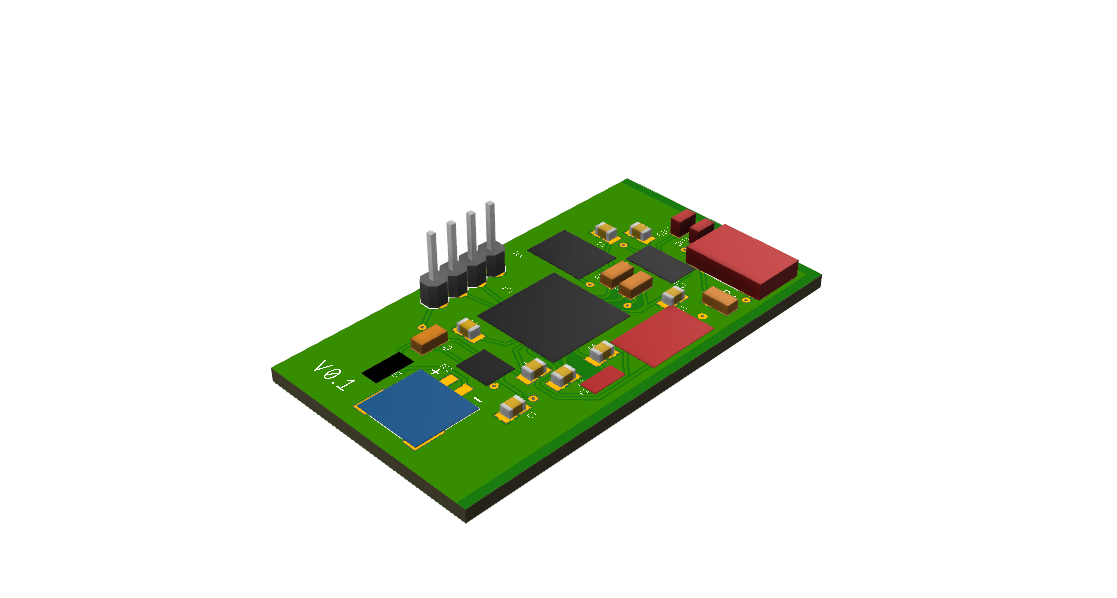
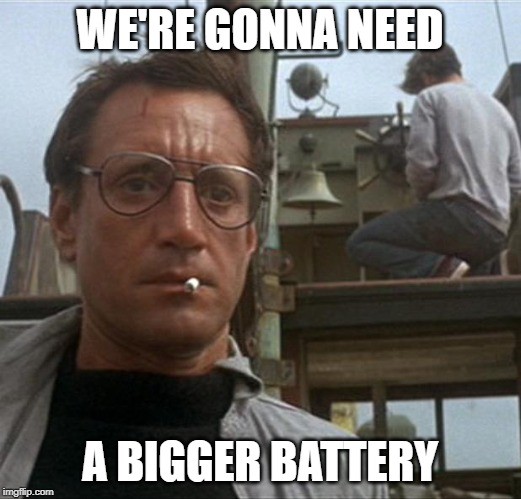

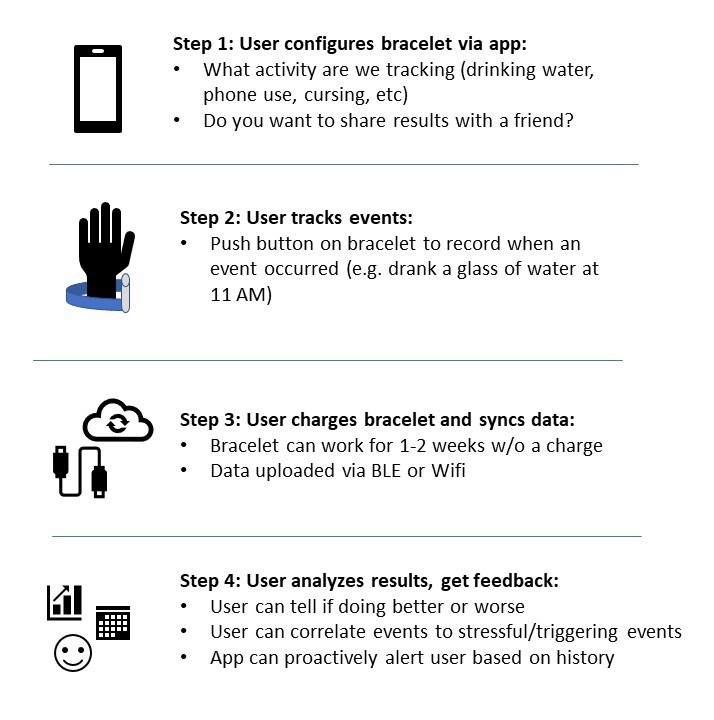



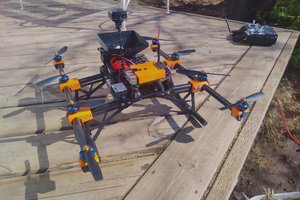
 Dylan Radcliffe
Dylan Radcliffe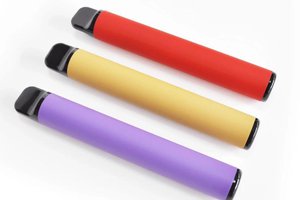
 Dimitar
Dimitar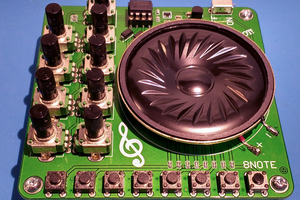
 Adam Gulyas
Adam Gulyas
 Timo Birnschein
Timo Birnschein
@Dan Maloney thanks for your comment. I'm in 100% agreement - sometimes simpler is better. For your daughter's timer - are you thinking that it'll ring/beep? Or buzz/vibrate? Right now, I'm planning to have the bracelet vibrate.... I think that'll be more subtle than a beep.